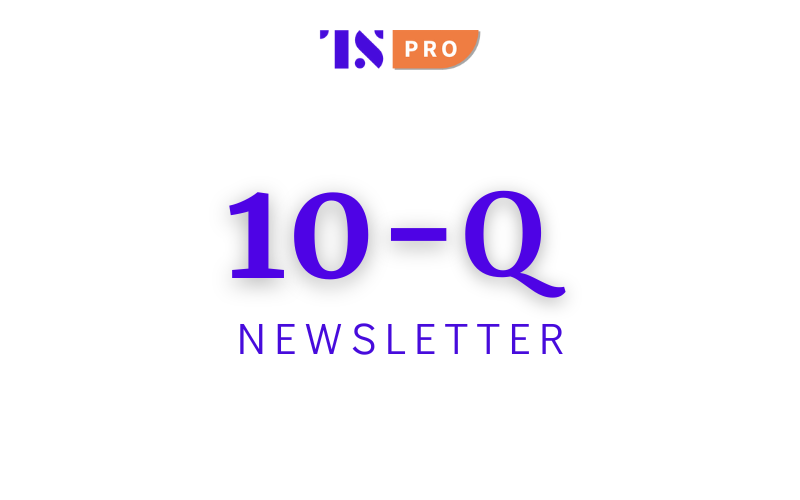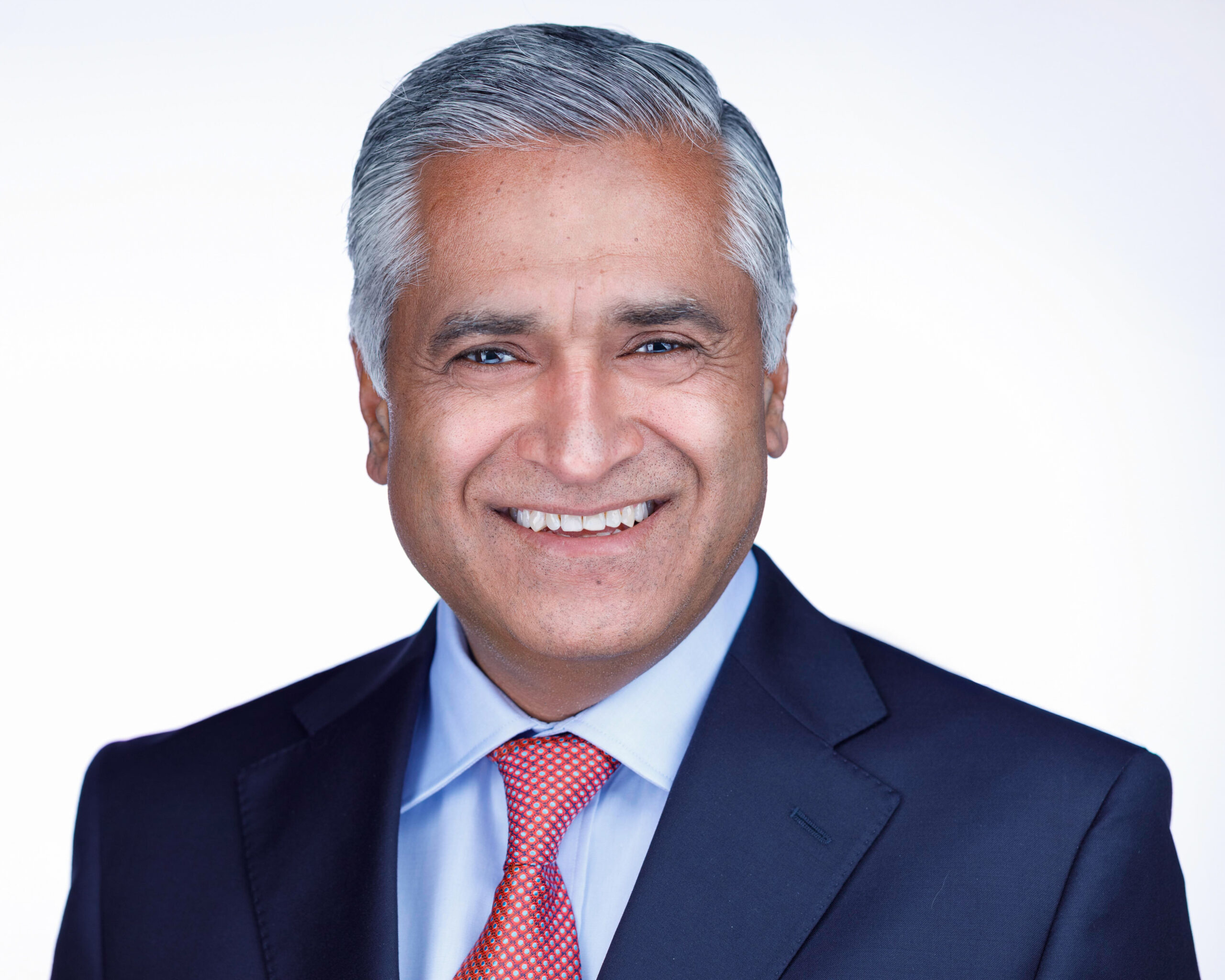A conversation on Remitly’s financial performance, platform integration, & conversational AI developments
The tech world loves a good shake-up story, especially when it comes to payments. But when the goal is only to upend an industry, things can get lost in translation. While speed and innovation are great, and one of the essential aspects of payments, for many, even small barriers to sending money can feel like an insurmountable challenge. That’s the market Remitly has focused on. The payments firm is solving a more fundamental problem — how to make sending money home a little more predictable, a little less frustrating.
Earlier this month, Remitly shared its Q1 2025 financial results. First quarter revenue was $361.6 million, up 34% YoY, and active customers increased to over 8 million, up 29%.
A week before its earnings release, the company announced its integration with WhatsApp. Through WhatsApp, Remitly users can send, monitor, and control their international transfers without downloading another app. Remitly’s goal isn’t necessarily to get users to only use the app — it’s to keep them in the Remitly ecosystem, regardless of channel.
I spoke with Matt Oppenheimer, co-founder and CEO of Remitly, to discuss the Q1 earnings highlights, and with Ankur Sinha, Chief Product and Technology Officer, to learn more about the new WhatsApp integration and what this launch signals about the future of remittances and fintech UX.
We also explore the role of Remitly’s conversational AI in enabling users to send money directly within WhatsApp, check live exchange rates and fees before sending, and track transfers — all while receiving support in a single conversation thread.
Matt Oppenheimer, Co-Founder and CEO, Remitly

Q: What key strategies contributed to Remitly’s Q1 2025 positive outcome?
Matt Oppenheimer: Our strong Q1 results reflect the compounding effect of three core drivers:









